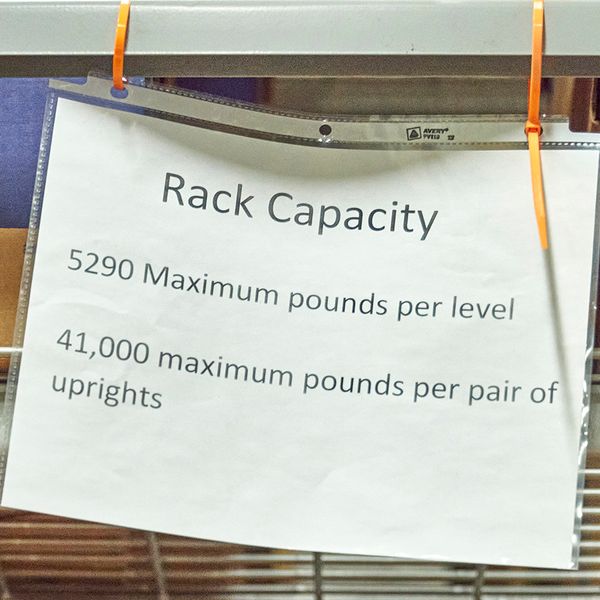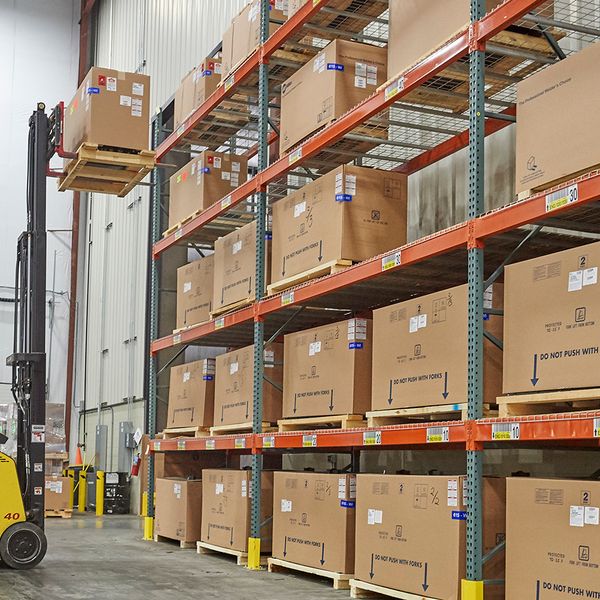OSHA wins appeal in warehouse storage case
OSHA recently claimed victory in an appeal of a case involving storage violations under 29 CFR 1910.176(b). The case arose after a worker was injured in 2017 when merchandise fell 40 feet from shelving in a warehouse. According to the court records, a coworker in the next aisle was using a forklift to retrieve a pallet, when the pallet tipped causing containers on the pallet to fall. Some of those containers struck the victim on the head, shoulders, and back.
OSHA cited employer
OSHA issued a serious citation alleging the company violated paragraph (b). The regulation specifically states: “Secure storage. Storage of material shall not create a hazard. Bags, containers, bundles, etc., stored in tiers shall be stacked, blocked, interlocked and limited in height so that they are stable and secure against sliding or collapse.”
The citation said the employer exposed employees to struck-by hazards from unstable material storage. The proposed penalty was nearly $11,000.
Review commission tosses violation
The employer contested the citation, and, while an administrative law judge sided with OSHA in 2017, the Occupational Safety and Health Review Commission (OSHRC) looked at the case in 2020 and determined that 1910.176(b) did not apply.
OSHRC’s reasoning was that the first sentence of paragraph (b) about storage not creating a hazard was merely introductory. It was the second sentence about material “stored in tiers” that was the operative requirement, according to the commission. Yet, OSHRC found that the second sentence did not apply here since the pallets were stored on racks and not in layers.
Appeals court finds for OSHA
OSHA appealed to the U.S. Court of Appeals for the Second Circuit claiming that under paragraph (b) the word “tiers” includes not just materials placed directly on top of each other but also those arranged in pallets on a racking system. The agency added that, generally, the intent of the standard is to prevent materials from falling.
In October, the court said OSHA’s interpretation was reasonable and remanded the case back to OSHRC. When an agency has a reasonable interpretation, it is entitled to substantial deference, says the court. The standard does not define the word tier, and the court explains that OSHRC cherry-picked the meaning of the word and overlooked other meanings that would encapsulate a racking system. The court added that the standard does not have language that limits itself only to storage placed immediately on top of each other.
Case returns to OSHRC
Now that the appeals court has decided that 1910.176(b) applies in the case, the case itself heads back to OSHRC to determine if the standard was violated, the employer knew of the violative condition, and an employee was exposed to that condition.
Key to remember
While this case is not over, a court has stated that 1910.176(b) applies to storage in racking systems. Ensure that your racking system does not create a hazard related to the storage of material.



















































